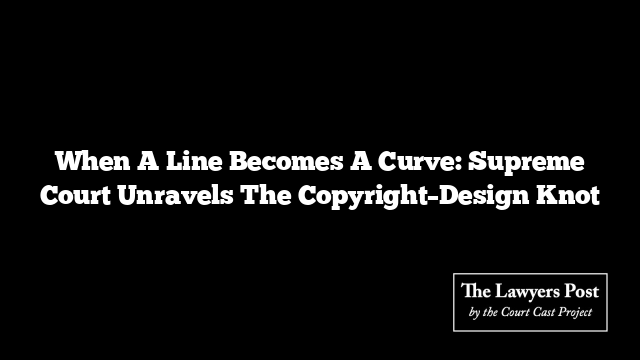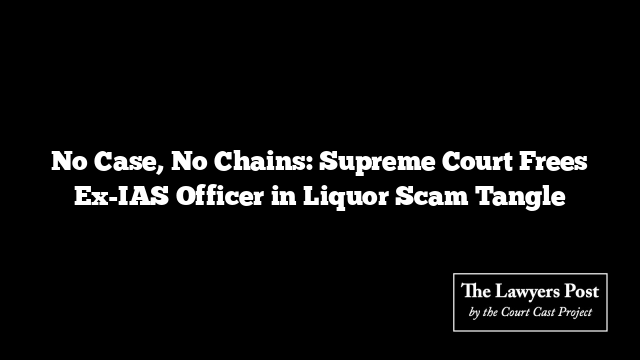In a long-awaited ruling, the Supreme Court has cracked open one of the thorniest debates in intellectual property law—where copyright ends and design law begins—especially under the shadowy corners of Section 15(2) of the Copyright Act.
This section, little more than a footnote in many legal textbooks, has long stirred confusion: what happens when an “artistic work” is transformed into a mass-produced design? When does copyright protection bow out, and when does design law step in? The Court has now drawn the line—and it did so with a scalpel.
At the heart of the dispute was a legal standoff between Cryogas Equipment and Inox India Limited, sparked by engineering drawings for cryogenic semi-trailers—machines built not for galleries but for gas. Inox claimed these technical illustrations were original “artistic works,” deserving of copyright protection. Cryogas, on the other hand, argued the works were “designs” used industrially over 50 times, thereby losing their copyright shield under Section 15(2) and slipping under the Designs Act instead.
The trial court sided with Cryogas, but the Gujarat High Court saw things differently and reopened the door for a full trial. The matter escalated to the Supreme Court, which affirmed the High Court’s view—but not before laying down a twin-test that’s set to guide the intellectual property ecosystem for years to come.
The Court’s Two-Step Compass
To navigate this legal maze, the bench—comprising Justices Surya Kant and N. Kotiswar Singh—crafted a clear two-pronged test:
- Art or Industry? First, determine if the work is purely artistic or if it has been translated into a design applied industrially more than 50 times. Only then does Section 15(2) kick in.
- Function vs. Form. Next, assess whether the item is primarily functional or aesthetic. If it serves a utilitarian purpose devoid of aesthetic allure, it cannot be saved by the Designs Act either.
Put simply, if it looks good and functions, it might still qualify under design law. If it’s all function and no flair, it falls into a grey void where neither law applies easily.
Not Just Black And White Lines
The Court emphasized that just because a design fails under one regime doesn’t mean it automatically gets picked up by the other. That logic, it said, would be dangerously simplistic.
In this case, the drawings in question dealt with internal parts of cryogenic trailers—hardly objects of beauty, and unlikely to be considered ‘aesthetic’ in the design law sense. The trial court, the apex bench found, jumped the gun by tossing the case out without examining the facts in depth—particularly whether the drawings had actually crossed the 50-use threshold or held any design-worthy appeal at all.
The Supreme Court called for a deeper trial—a granular look into whether these engineering blueprints were just functional schematics or something more. The message was clear: art and utility must be examined, not assumed.
A Razor-Sharp Reminder
In a closing note that blended legal precision with philosophical clarity, the Court urged the Commercial Court to proceed with “Occam’s Razor”—shaving off assumptions and sticking to evidence.
And not just for the visual diagrams. The Court also demanded scrutiny of the alleged infringement of literary works, confidential information, and technical know-how—emphasizing the need for a comprehensive view rather than a tunnel-visioned verdict.
So what’s the takeaway? In the world of IP, form and function dance a delicate waltz. And the next time a drawing becomes a product, you’d better ask not just what it does—but what it looks like doing it.





